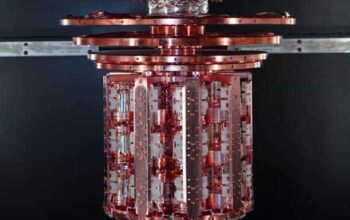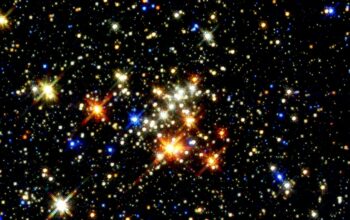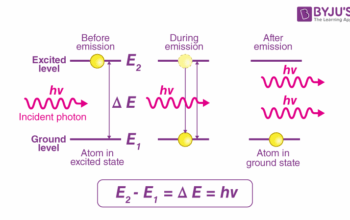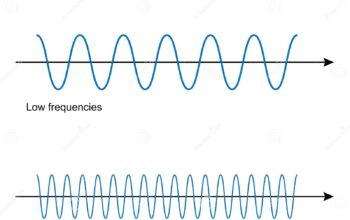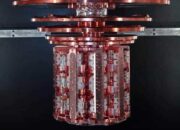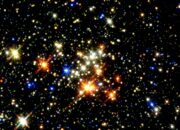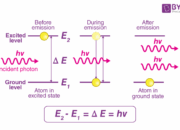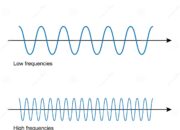Free Electron Lasers (FELs) represent a remarkable confluence of physics and engineering, providing unprecedented capabilities in generating coherent and tunable electromagnetic radiation across a broad spectrum of wavelengths. The intricacies of FELs stem from their operational principle, which relies on the motion of free electrons as they traverse magnetic structures known as undulators. However, a recent advancement involving the introduction of seed light provokes both curiosity and optimism regarding the future of FEL technology. The synergistic interaction between seed light and the electron beam facilitates enhanced performance, smoothing the path towards new applications across various scientific and industrial fields.
The fundamental operating principle of a Free Electron Laser is the oscillation of electrons within a magnetic field. As electrons are accelerated—typically using linear accelerators—they enter a series of undulators where their trajectories become sinusoidal. This motion induces the emission of synchrotron radiation. By adjusting the magnetic field strength and the electron beam’s energy, it is viable to tune the wavelength of the emitted radiation, thereby granting extensive versatility. This variable wavelength feature is critically advantageous, as it accommodates a wide range of applications in material science, biology, and medicine.
The introduction of seed light into FEL operation has garnered significant interest due to its potential to enhance the overall performance of these systems. Seed light refers to a pre-generated coherent light pulse (often a laser) injected into the FEL’s electron beam path. This external light serves as a reference wave that synchronizes with the electron motions. By aligning the phase and timing of the electrons with this induced electromagnetic wave, substantial improvements in the efficiency and intensity of the output radiation become feasible.
One of the primary advantages of employing seed light is its capacity to mitigate noise in the lasing process. Conventional FELs, when solely depending on spontaneous emission from free electrons, frequently suffer from shot noise, which can diminish the quality of the emitted radiation and weaken coherence. Moreover, irregularities in the electron beam, arising from various instabilities during acceleration, can produce further degradation in laser output. Seed light harnesses the inherent properties of the injected pulse to establish improved synchronization among the electrons and thus achieves a more stable and coherent output.
Moreover, the interaction between seed light and the electron beam enables refined control over the spectral properties of the generated radiation. By modulating the characteristics of the seed pulse—including its frequency, pulse duration, and intensity—it is possible to virtually mold the emitted radiation to meet specific experimental or industrial requirements. This level of customization opens avenues for sophisticated studies requiring precise spectral analysis, such as time-resolved investigations in chemistry or biology, where monitoring rapid processes necessitates high temporal resolution.
Another promising facet of integrating seed light with FEL technology involves the prospect of operating at significantly lower electron beam currents. Under conventional settings, achieving high radiation output typically necessitates high current densities in the electron beam, which can amplify issues related to beam instability and heating. However, by utilizing seed light, it is possible to achieve comparable outputs at lower current levels. This reduced necessity for intense electron currents not only enhances overall system stability but also diminishes the energy consumption associated with the electron acceleration processes.
From an engineering perspective, one must consider practical implementations and limitations arising from the inclusion of seed light. The integration of seed lasers into existing FEL configurations demands meticulous synchronization and alignment, which can present considerable challenges. Maintaining the coherence and timing of the seed pulse relative to the fast-moving electron beam is paramount. Additionally, complications may arise regarding the compatibility of seed light parameters with the existing operational wavelengths of the FEL. Thus, while the potential benefits are compelling, the intricacies involved in seed laser integration must not be underestimated.
Ultimately, this innovative approach invites a paradigm shift within the realm of Free Electron Laser technology. As these systems now possess the capability to yield coherent radiation with unprecedented precision and stability, a plethora of interdisciplinary applications stand poised for exploration. In the field of medicine, for instance, the ability to produce high-intensity, tunable x-ray pulses could revolutionize imaging technologies or lead to novel therapies, including advanced methods for cancer treatment that leverage the specific energies provided by the engineered radiation.
Furthermore, the production of new materials through advanced fabrication techniques could benefit enormously. Industries reliant on precise material characteristics can exploit the tunability of the emitted radiation to alter material properties at the microscale. Such tailored properties may give rise to enhanced functionalities in electronic devices, photonics, or even in sustainable energy technologies.
In conclusion, the incorporation of seed light in Free Electron Lasers not only elucidates the remarkable adaptability of scientific technologies but further emphasizes the continuous evolution characterized by interdisciplinary synergy. By confronting the limitations of traditional lasing methods and harnessing the potentials of coherent seed light, FELs are indeed positioned to transform various sectors of science and industry, inviting renewed curiosity and inspiring future innovations. As ongoing research delves deeper into optimizing these systems, the implications of enhanced FEL performance promise to resonate profoundly across multiple domains, propelling investigations into the unknown and affirming the pivotal role of light in the modern scientific landscape.


